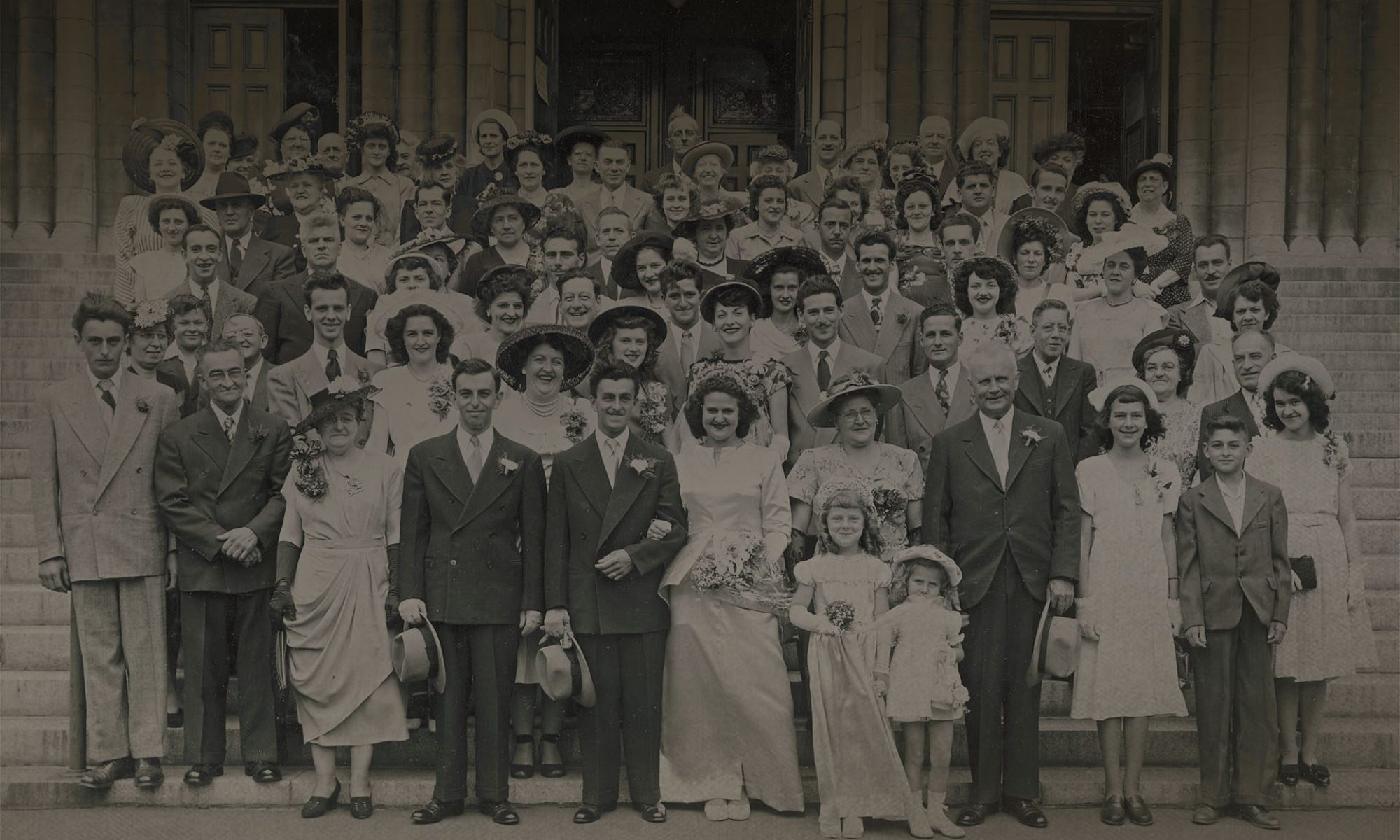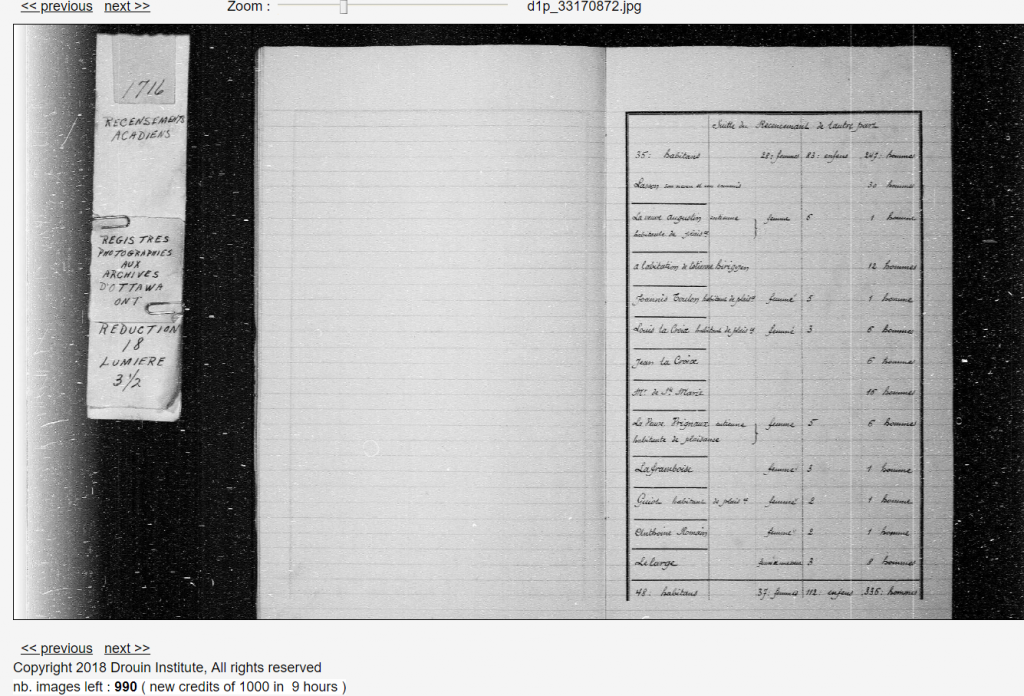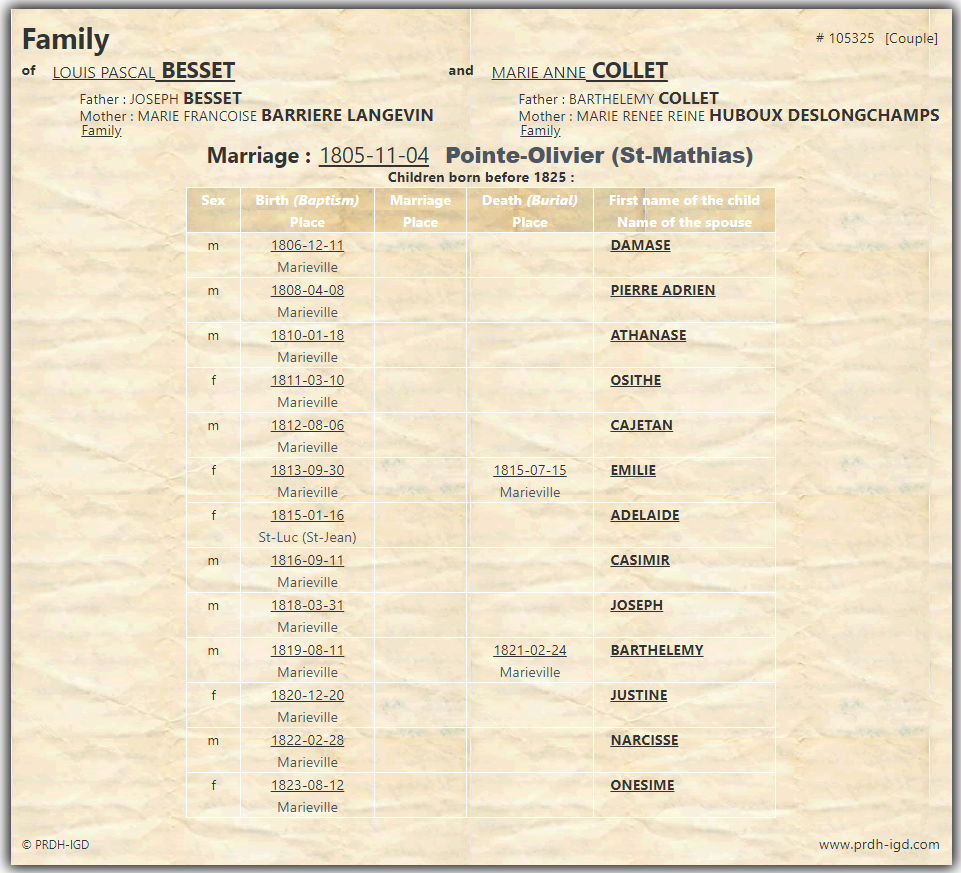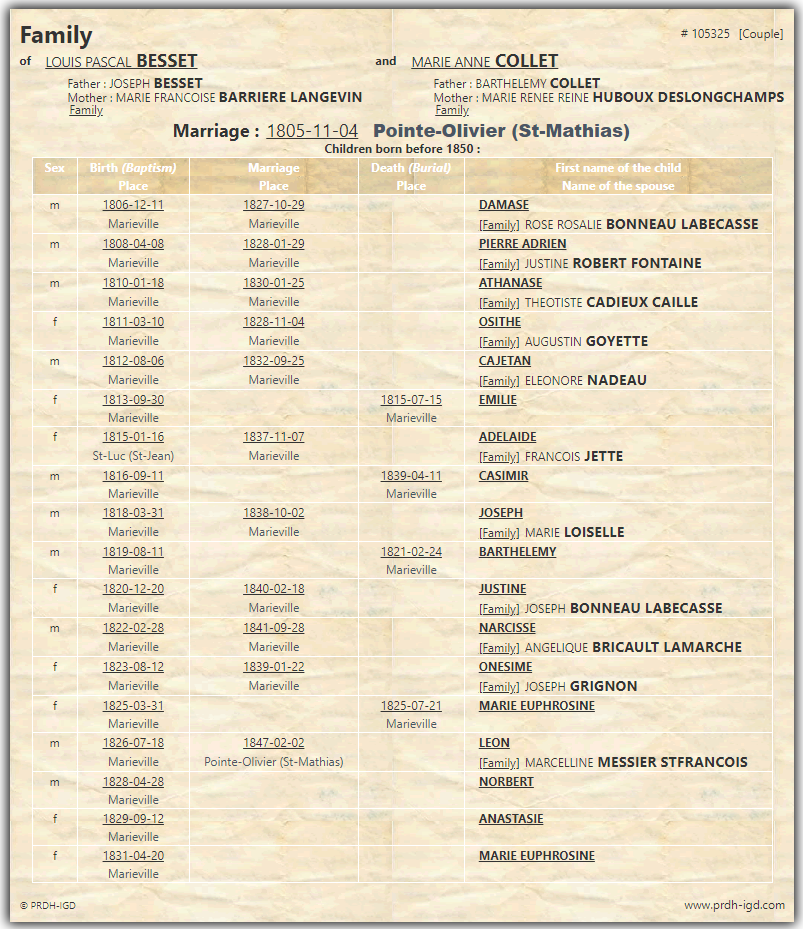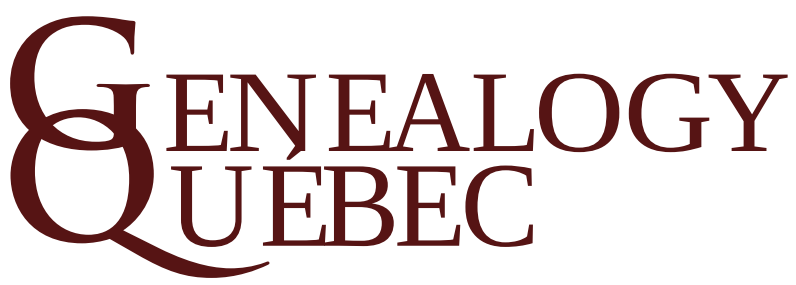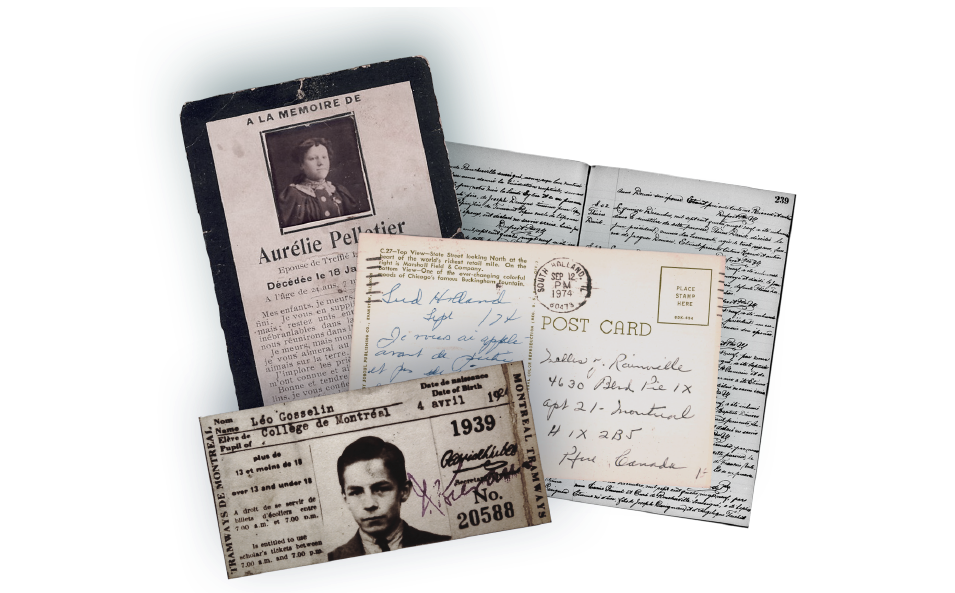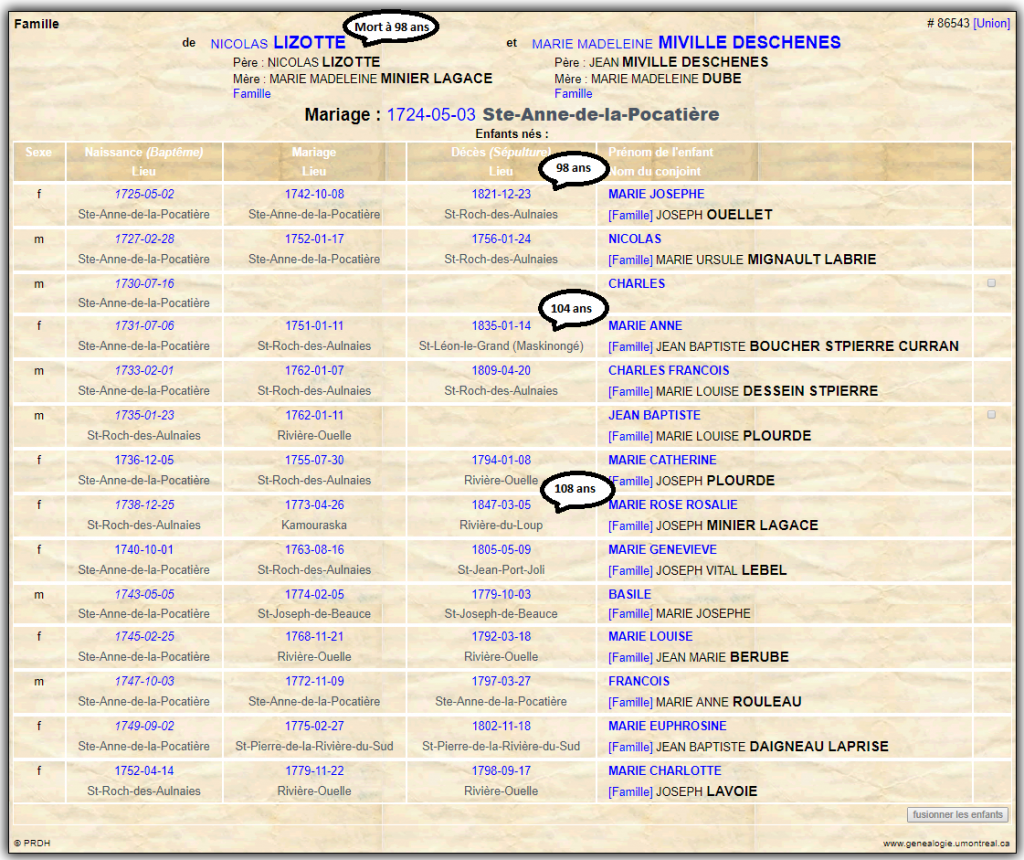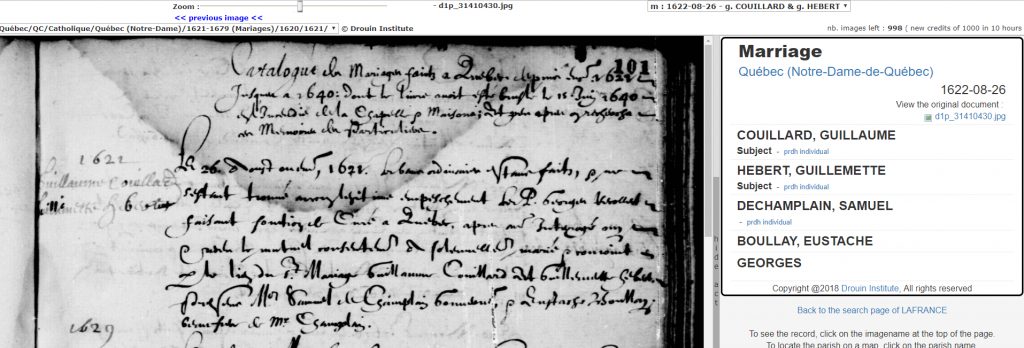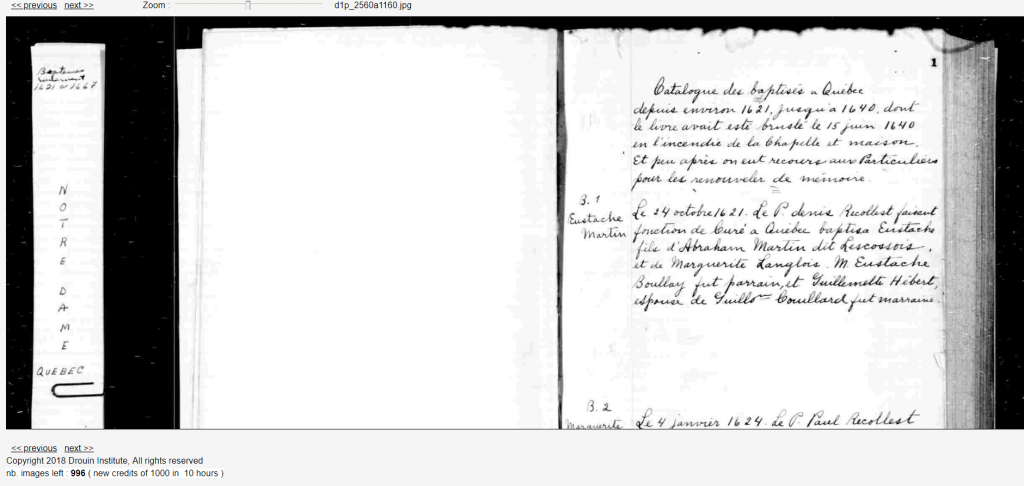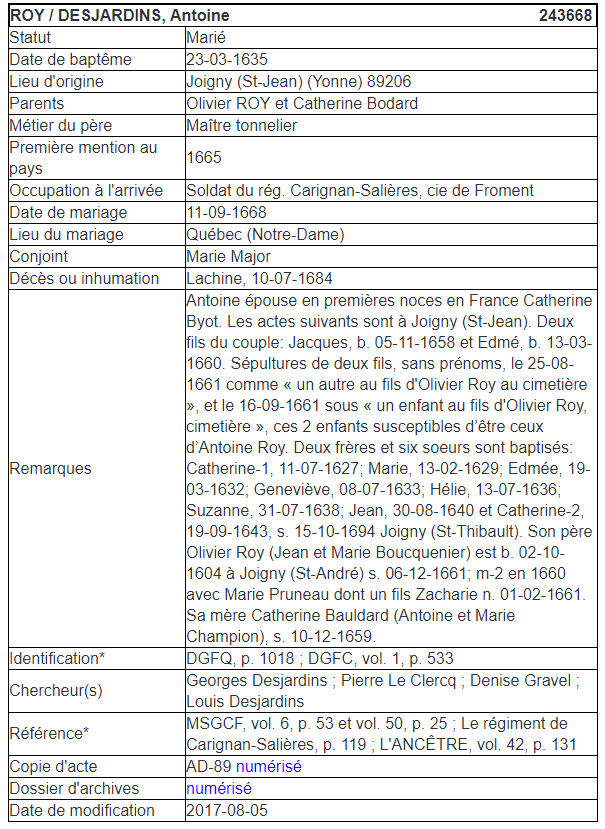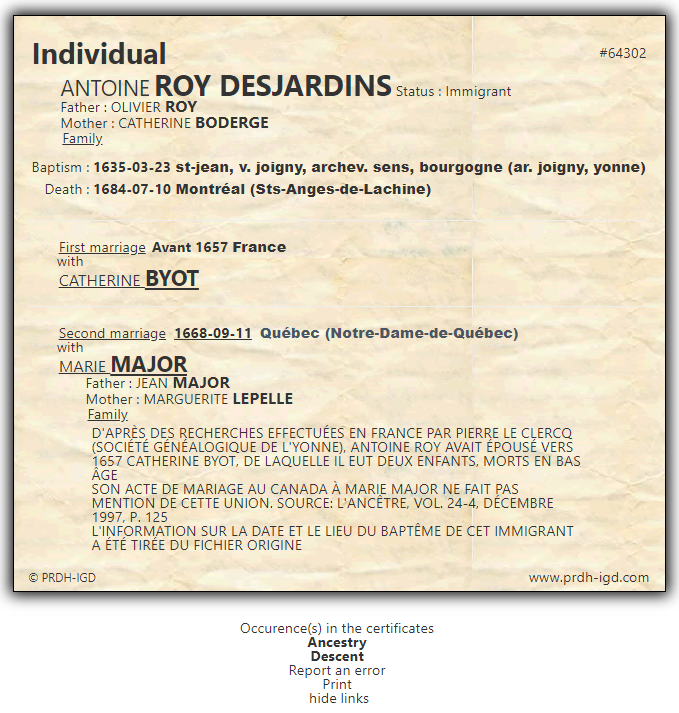
This article will go over various resources you can use to explore your Acadian genealogy.
The term Acadian is used to identify the descendants of the first French and European settlers established in Acadia during the New France era. Originally from west-central France, they settled starting in 1604 in an area comprising parts of the Maritime Provinces and Quebec, which is known today as Acadia.
As is the case with French Canadian genealogy, Acadian genealogy is largely based on the parish records of the Catholic Church. Due to their French roots, a majority of Acadians were Catholic.
It is predominantly through baptism, marriage and burial records that we are able to trace the family history of the Acadians.
Unfortunately, Acadian genealogy is not as well documented as that of surrounding regions, which can be attributed to the disappearance of a large number of records and documents during the Great Upheaval. Nonetheless, there are several tools and databases related to Acadian genealogy available online.
Acadian genealogy on Genealogy Quebec
GenealogyQuebec.com, the Drouin Instiute’s genealogical research website, offers two research tools dedicated to Acadian genealogy.
The Drouin collection Records
The Drouin Collection records are a collection of parish registers (baptisms, marriages and burials) from Quebec, Acadia, as well as parts of Ontario, New Brunswick and the United States. Here we are focusing on the Acadian records.
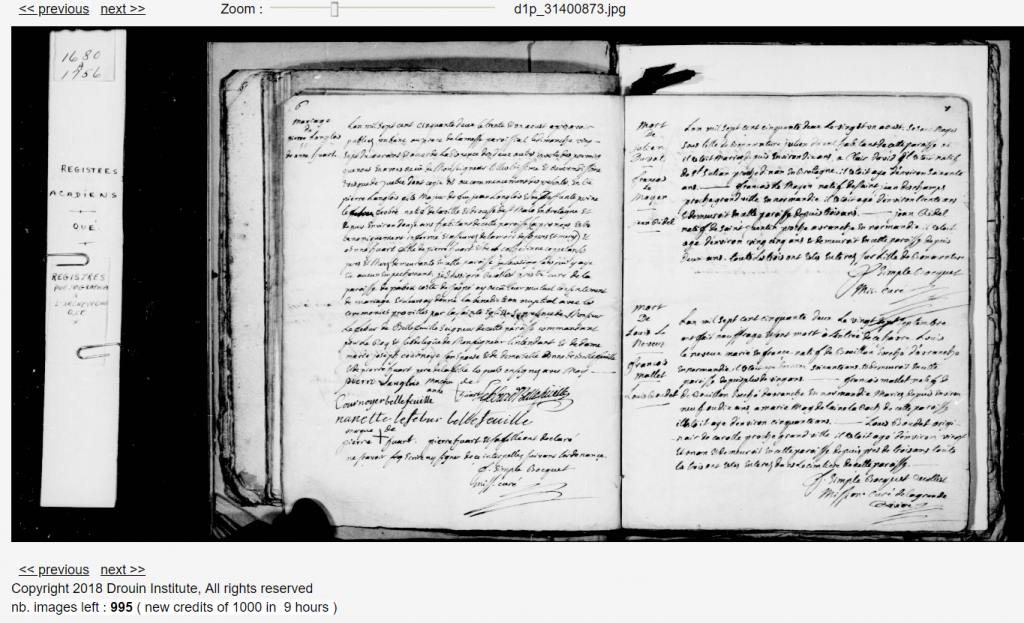
Here is the list of the Acadian parish registers available in the Drouin Collection:
| Acadie (St-Bernard) | Acadie (St-Pierre) | Acadieville |
| Ardouane voir Cocagne | Argyle (Ste-Anne) | Arichat |
| Baie-des-Winds voir Cocagne | Baie-du-Vin | Baie-Ste-Marie (Nouvelle-Écosse) |
| Baie-Verte voir Cocagne | Balmoral | Barachois |
| Barnaby-River | Bartibogue | Bathurst |
| Beaubassin | Belledune | Blackville |
| Bouctouche | Boujagane voir Cocagne | Burnt |
| Cam’s River | Cap-Pelé | Caraquet |
| Central Kingsclear | Charlo | Chatham |
| Chigibouachis voir Cocagne | Chigibougouet voir Cocagne | Chimougouis voir Cocagne |
| Clair | Cocagne | Dalhousie |
| Dorchester | Drummond | Ecouipahaq |
| Edmunston | Eel-Ground | Escuminac |
| Fairville | Fort St-Jean | Frédéricton |
| Gagetown | Gédaic voir Cocagne | Gloucester, comté |
| Golding-Grove | Grande-Digue | Grand-Sault |
| Haute-Aboujagane | Hillsborough | Île-du-Prince-Édouard |
| Île-Royale | Île-St-Jean | Johnville |
| Kent, comté de | Kouchibouguac | Lac Baker |
| Lamèque | Loch-Lomond | Louisbourg |
| Lower-Caraquet | Madawaska | Maliseet |
| Memramcook | Milltown | Moncton |
| Mont-Carmel | Nash Creek | Néguac (Northumberland) |
| Nelson | Newcastle | Northumberland, Comté de |
| Norton | Notre-Dame-de-Kent | Paquetville |
| Petersville | Petit-Rocher | Plaisance |
| Pokemouche-en-Bas | Pokemouche-en-Haut | Port-Royal |
| Red-Bank | Remous-Bridge | Restigouche, comté de |
| Rexton | Richibouctou | Richmond |
| Riverside | Rivière-Jacquet | Robertville |
| Rogersville | Sackville | Scoudouc |
| Shédiac | Shemogue | Shippagan |
| St-André | St-Andrew | St-Anselme |
| St-Basile | St-Charles-Borromée | St-Charles-les-Mines |
| Ste-Anne | Ste-Anne-de-Kent | Ste-Anne-de-Restigouche |
| St-François-Xavier | St-Georges | St-Ignace-de-Kent |
| St-Isidore | St-Jacques | St-Jean |
| St-Léonard | St-Louis-des-Français | St-Paul-de-Kent |
| St-Stephen | Sunbury | Sussex |
| Tracadie | Victoria | Wellington |
| Westmorland | Woodstock |
The years covered differ according to the register. The collection also contains Acadian censuses from 1673 to 1784.
The Acadia – Families tool
This tool contains family files based on the Acadian parish records mentioned above. In total, the tool contains 158,832 family files from 1621 to the 20th century.
In addition, the original records are attached to the family files, allowing the information contained in them to be viewed and verified.
You will find more information about this tool at this address.
A subscription to Genealogy Quebec is required to view these 2 collections. You may subscribe here:
24h access – 7$
One month subscription – 14,95$
One year subscription – 129$
You will find more information about GenealogyQuebec.com in this article.
Free acadian research websites
Genealogie-Acadienne.net contains a database of more than 750,000 individuals and 300,000 Acadian families that can be searched for free. The database contains the dates and places of birth, marriage and death of hundreds of thousands of Acadian descendants, and sometimes even photos of the individuals and the original records themselves. It is an excellent resource for finding Acadian ancestors and cousins.
Acadian-Cajun.com, another great Acadian research website, offers a comprehensive list of resources pertaining to Acadian genealogy. It also contains Acadian censuses that can be consulted directly on the website. In addition, various family associations and websites dedicated to Acadian families, all classified by family name, are compiled here.
